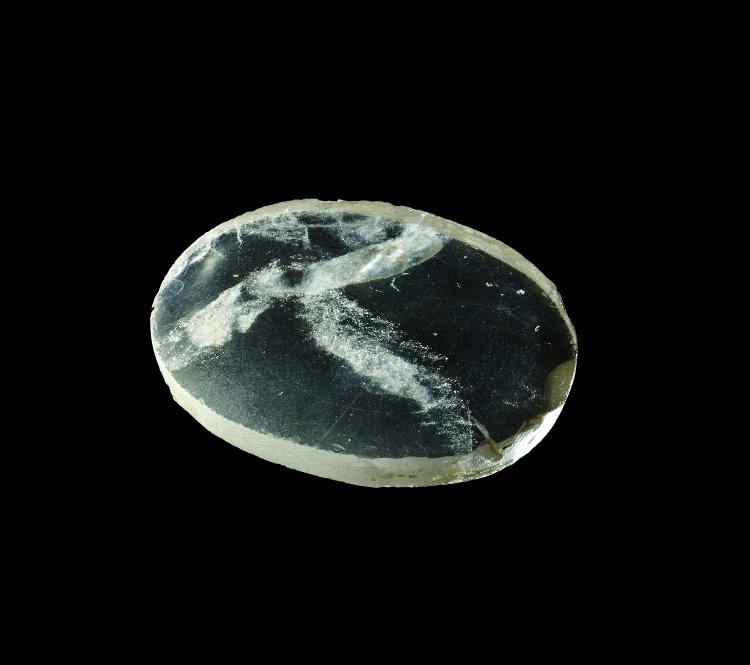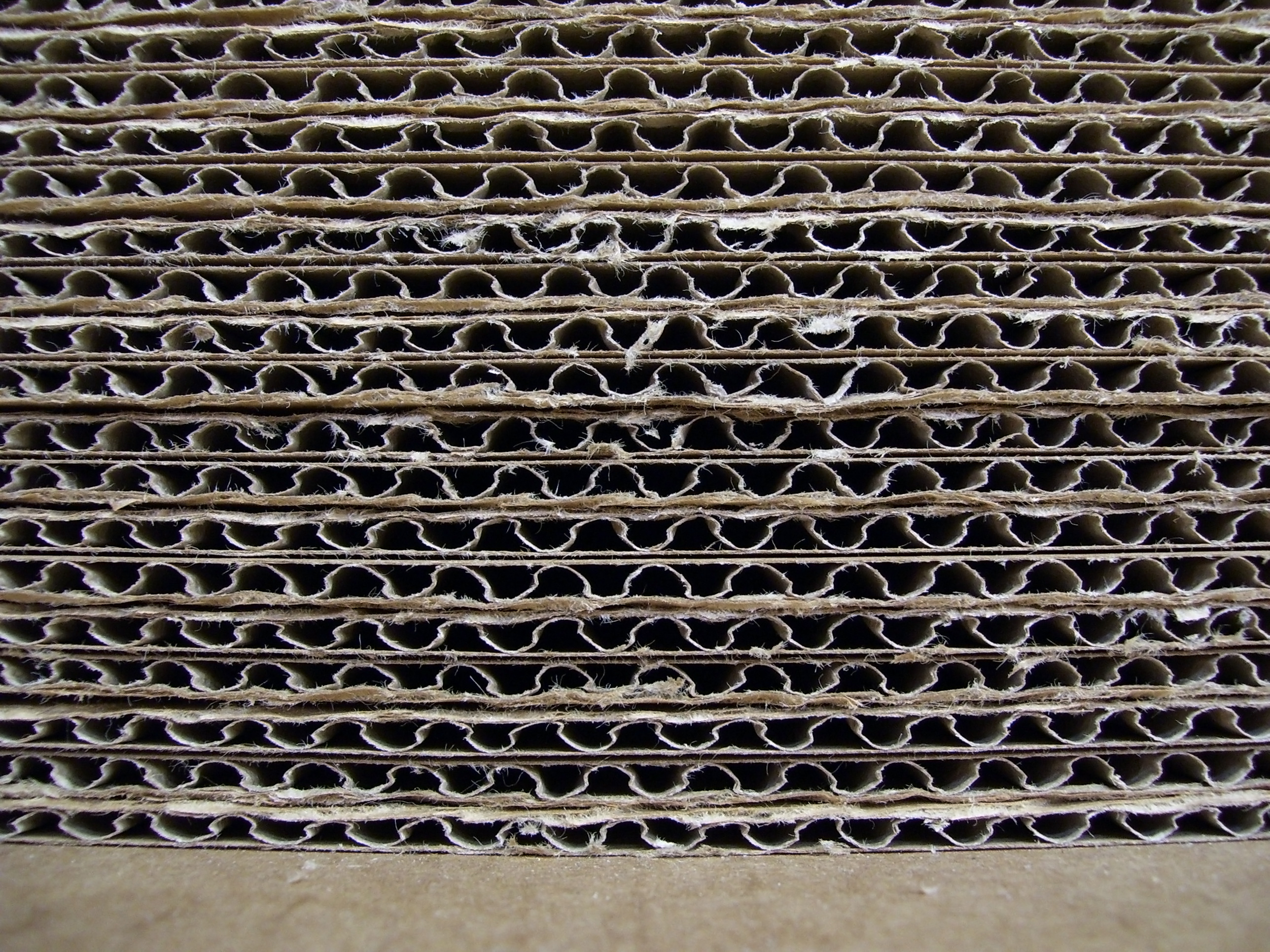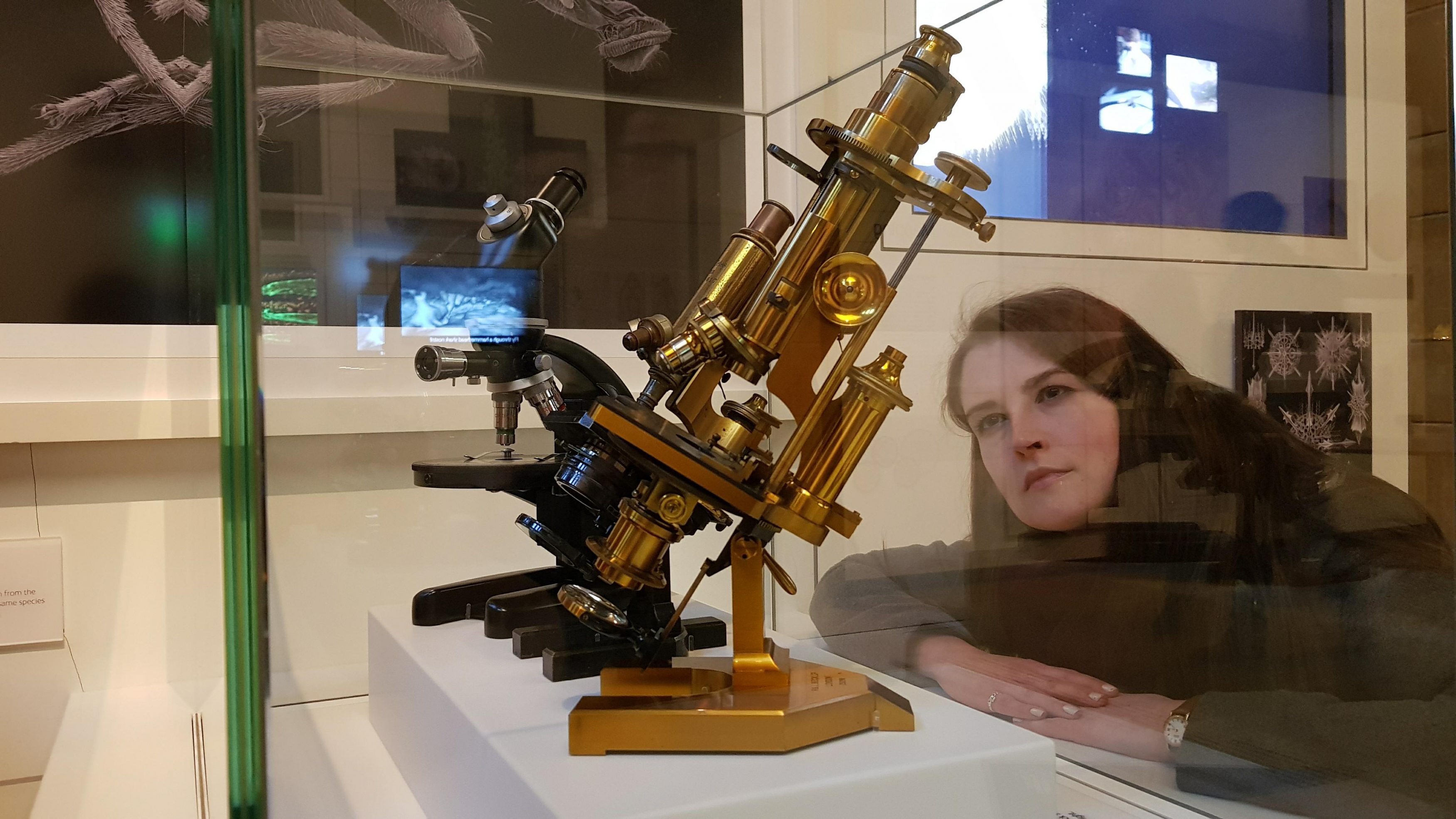**A special thank you to Eimear and Ger for their help and for allowing me access to the microscope**
Last week I flew home to Dublin to meet with the lovely staff at Malahide Castle who allowed me access to a beautiful little microscope that was on display in the visitor centre.
The microscope belonged to the castles last resident Baron, Milo John Reginald Talbot (1912-1973), who was an enthusiastic botanist. He brought many exotic species of plant from all the world back to Malahide, which is now renowned for it’s beautiful gardens.
Malahide Castle is a special place for me as I grew up running around the fields and gardens there. My mum grew up nearby and remembered meeting Milo Talbot when she was a child. So, I was pretty excited to get a closer look at his microscope.

Milo Talbot
Born in 1912, Milo was a diplomat and held distinguished positions such as Chief of the Foreign Office Security Department, British Envoy to Loas, and British Ambassador to Vietman. His work brought him all over the world and Milo was an enthusiastic collector of exotic plants. He was internationally reknowned for it! He collected over 4,500 different specimens, with a special love for the flora of Australia and Tasmania. He was a scientist at heart, and kept a detailed notebook of his plants and his efforts to grow them in the Irish climate.
Seventeen gardeners cared for the 25-acre garden. Reportedly, Milo could be found examining his plants and making notes in his red ledger. Each plant had its own set of records, including its origin and growing history.
Milo funded the publication of a series of books, “The Endemic Flora of Tasmania” by Dr. Winifred Curtis and illustrated by Margret Jones.
The gardens at Malahide Castle have been internationally recognised for its collection of rare plants and it now grows over 5,000 different species.
The microscope

Unfortunately, there are very few records belonging to the microscope, so a little detective work is required. This model is interesting because it has an iris diaphragm attached underneath the stage, which I have never seen on this style of microscope before. It is missing its little magnifying lens, but otherwise it is in perfect order.
The overall style is called a household microscope, and the simplified design made it affordable and easy to use. The shape of the body is known as a Lister Limb, and was a common design in French manufactured microscopes. The foot however, is a style commonly seen on British models.


I have been unable to pinpoint the exact model of this microscope but the closest I have found is a household microscope made by the American makers Williams, Brown and Earle. I found an identical microscope that sold on the Antiques Atlas website that had a note of “grossissement 120x” (magnification 120x) inside the box, which led me down the road of looking at French microscopes. However, in the late 1800 and early 1900’s, France was manufacturing and exporting simple microscopes like this en masse to America and around Europe.
Based in Philadelphia, Williams Brown and Earle produced a range of household microscopes, but they also sold French imports. One of the ways they cut the cost of their microscopes was to make the barrel out of brass and the stand out of iron, which was then painted. This matched the style of our Talbot microscope. The style of dials and objective are also the same, but the foot is slightly different, and the American model does not have the iris diaphragm attached.
If anyone has more information on the origins of this microscope, please get in touch!



